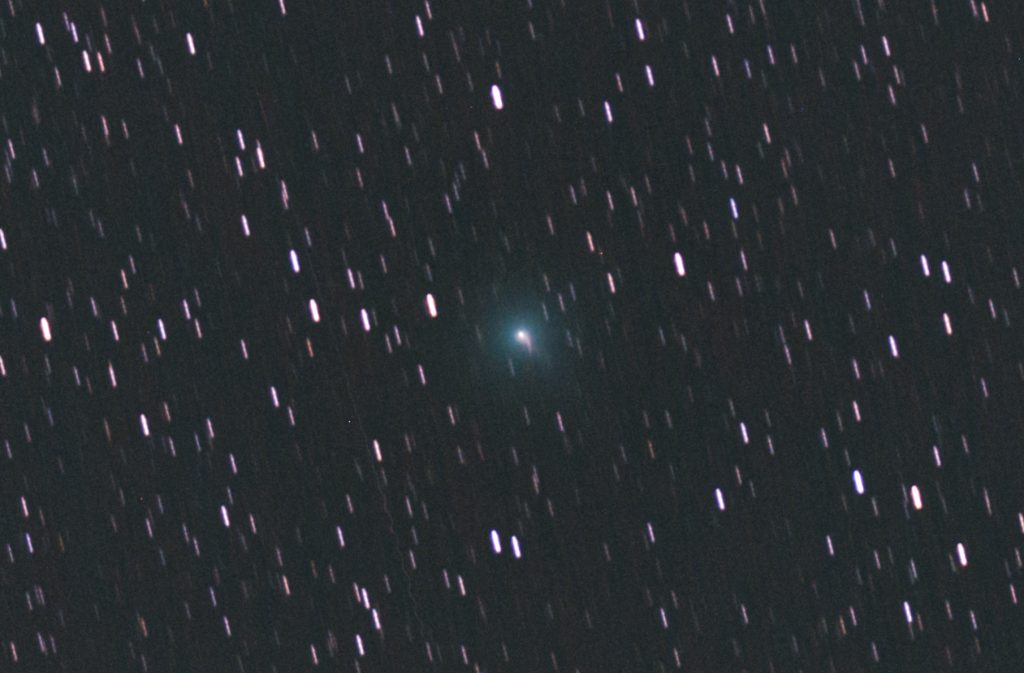
Comet C/2019 Y4 (ATLAS) with 80mm refractor


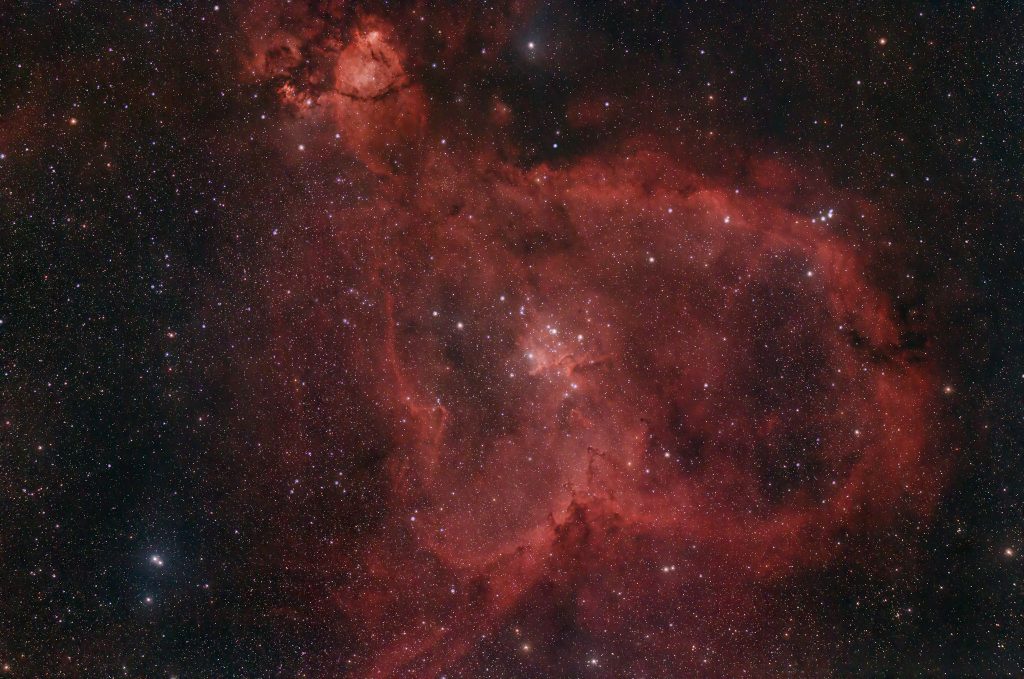
IC 1805 is a cloud of glowing hydrogen in the constellation Perseus. The gas is ionized by the hot young stars of the cluster Melotte 15 at the nebula’s center.
Read More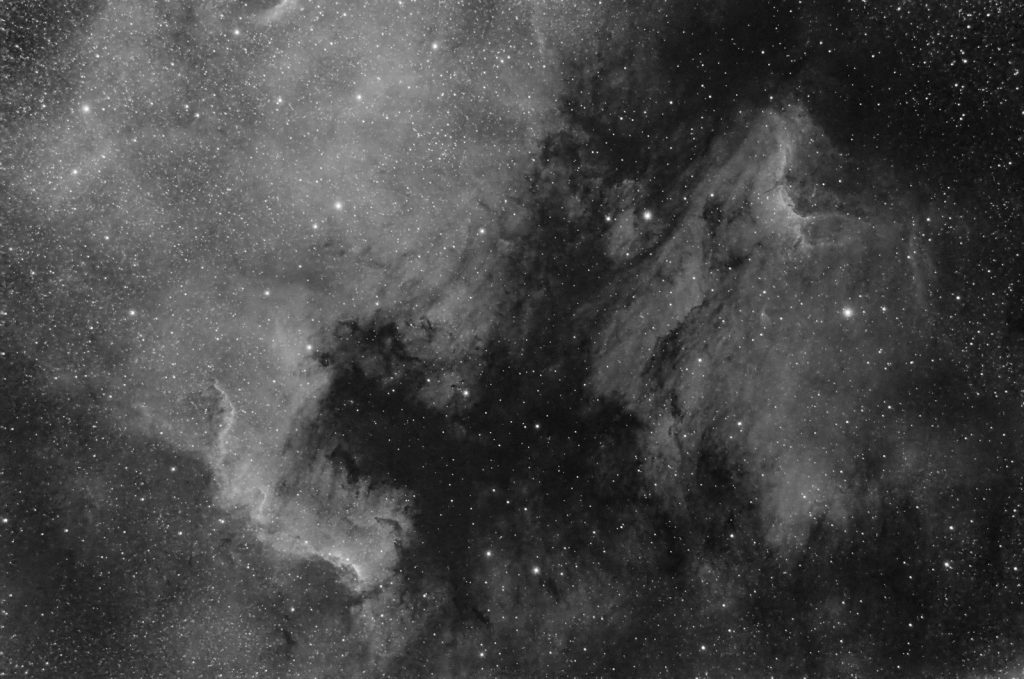
The North America (NGC7000) and Pelican Nebula (IC7000) get their iconic shapes from an obscuring cloud of dust that is silhouetted against the glowing cloud of ionized hydrogen.
Read More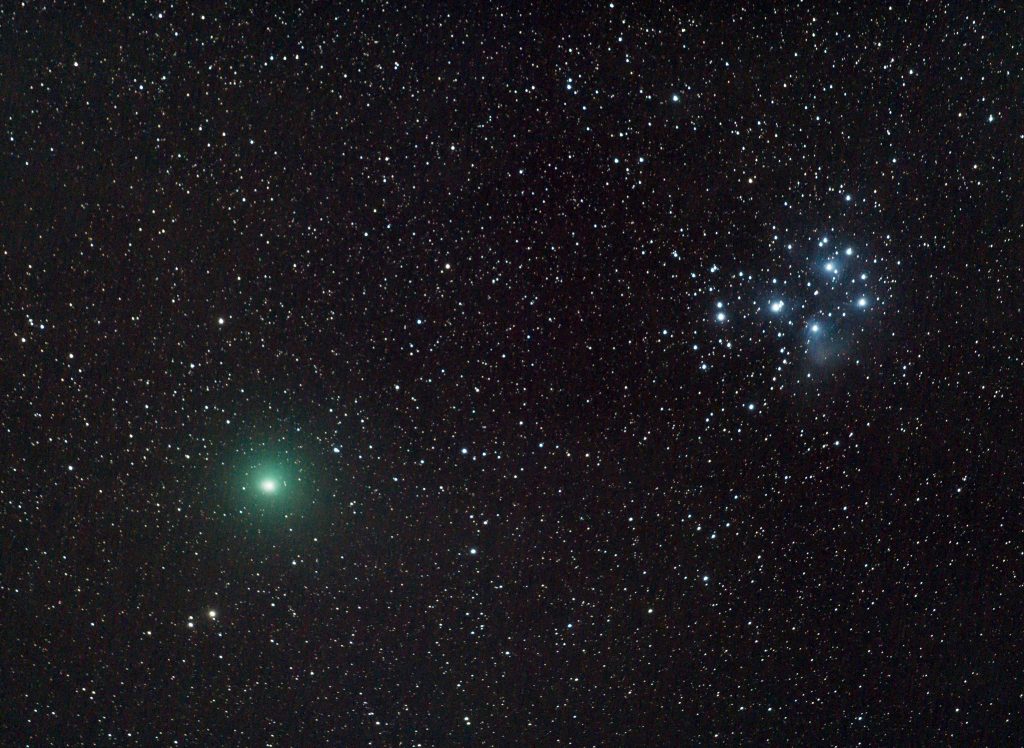
On sundey 16th Decmber 2018 – the comet had its closest approach to Earth, it was only 11.7 million kilometers away, the 10th nearest comet in history. Nikon D750 with 70-200mm lens at 200mm f/4, 39x30s, Vixen Polarie.
Read MoreToday I used a break in the clouds to test how the astro-modified Nikon D7000 works with a h-alpha Filter. As the weather was very unstable, I didn’t set up the laptop for guiding, so some images were unusable due to trailing and passing clouds and full cloud cover at the end of the exposure resulted in oly 83x30s unguided exposures. Which way too short, but I am happy with the result under these circumstances.
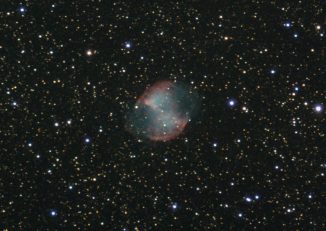
The Vorarlberger Amateur Astronomen acquired a QHY163c cooled CMOS camera. It is based on a Panasonic Micro-Four-Thirds (m43) sensor, but has added cooling and an astronomical suitable ir-cut filter. Read More
Last night I photographed the same lunar regions through 3 different telescopes:
Currently Venus and Jupiter are pairing up for a brilliant conjunction in the evening sky, here are some images:
Today I had the opportunity to see and photograph the giant sunspot Active Region 2192, it already has rotated a bit away from our direction, so the probability of a massive solar storm with possible damage to space and other infrastructure is reduced.
Detail of the image above:
The images were taken with a Nikon D7000 camera using a Astro-Professional ED80 f/7 doublet refractor. A Baader solar filter ND3.8 was used for filtering the sunlight.